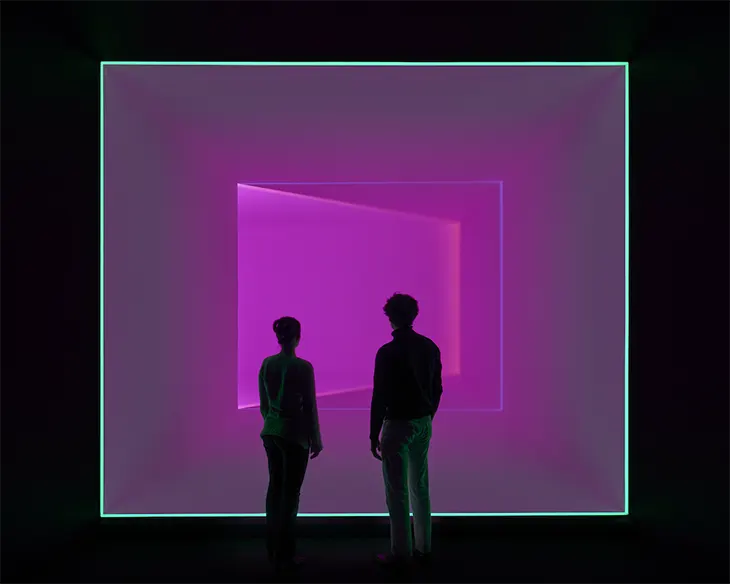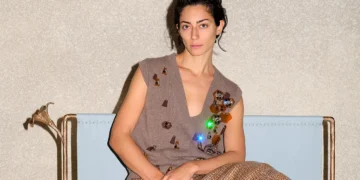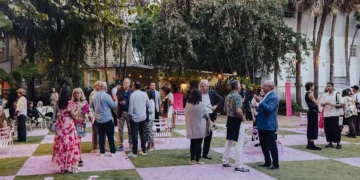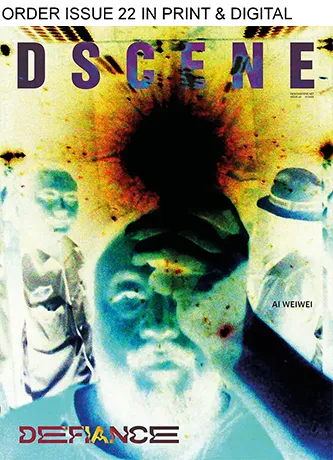
James Turrell returns to Seoul with a major solo exhibition at Pace Gallery, marking his first in the city since 2008. Opening June 14 and running through September 27, The Return spans all three floors of the gallery and features five recent installations, including a new site-specific Wedgework created especially for this show. Alongside the immersive light pieces, the exhibition includes works on paper and photographs that offer a rare look into Turrell’s conceptual process and his decades-long Roden Crater project in Arizona.
ART
Organized as part of Pace Gallery’s 65th anniversary celebrations, the exhibition highlights the long-standing relationship between Turrell and the gallery’s founder, Arne Glimcher. Their collaboration stretches back nearly 60 years, with Pace officially representing Turrell since 2002. The Return not only reintroduces Turrell to a Korean audience but also reflects the deep continuity in his work, rooted in perceptual experience and the manipulation of light as a sculptural material.
The highlight of the exhibition is Turrell’s new Wedgework, an installation that uses intersecting planes of projected light within a darkened space to shift the viewer’s sense of physical limits. As with many of Turrell’s works, the piece gives light a sculptural quality, what he calls a “thingness”, inviting viewers to consider how space is perceived through vision alone. Accompanying this debut are two large curved glass works, a circular glass piece, and a diamond-shaped glass installation from the Glassworks series, each using subtle gradients and reflections to create an illusion of infinite depth.
Also on view are works on paper that have played a critical role in Turrell’s practice over the decades. These include new Wedgework prints that examine the chromatic and formal possibilities behind the immersive installations. The exhibition further includes aquatints, woodcuts, and schematic representations connected to Turrell’s 2014 Aten Reign installation at the Solomon R. Guggenheim Museum, as well as preparatory works for Roden Crater, his most ambitious project to date.
Turrell’s influence on contemporary art extends far beyond his installations. A key figure in the California Light and Space movement, his investigations into perception have included holography, architectural models, and Skyspaces, enclosed chambers that frame the sky through a controlled aperture. With each new project, Turrell explores the emotional and cognitive boundaries of visual experience, continuing a practice that began in the late 1960s with his groundbreaking Projection Pieces.



















